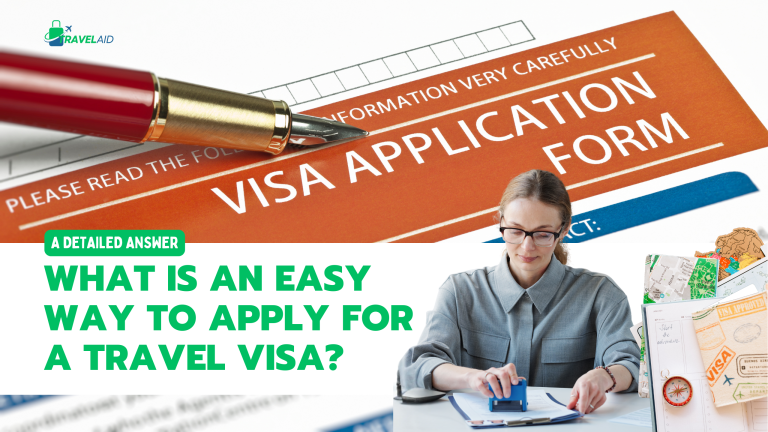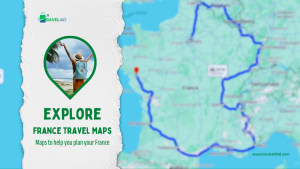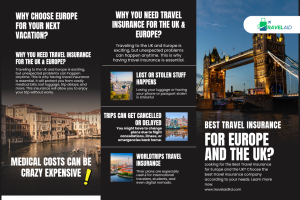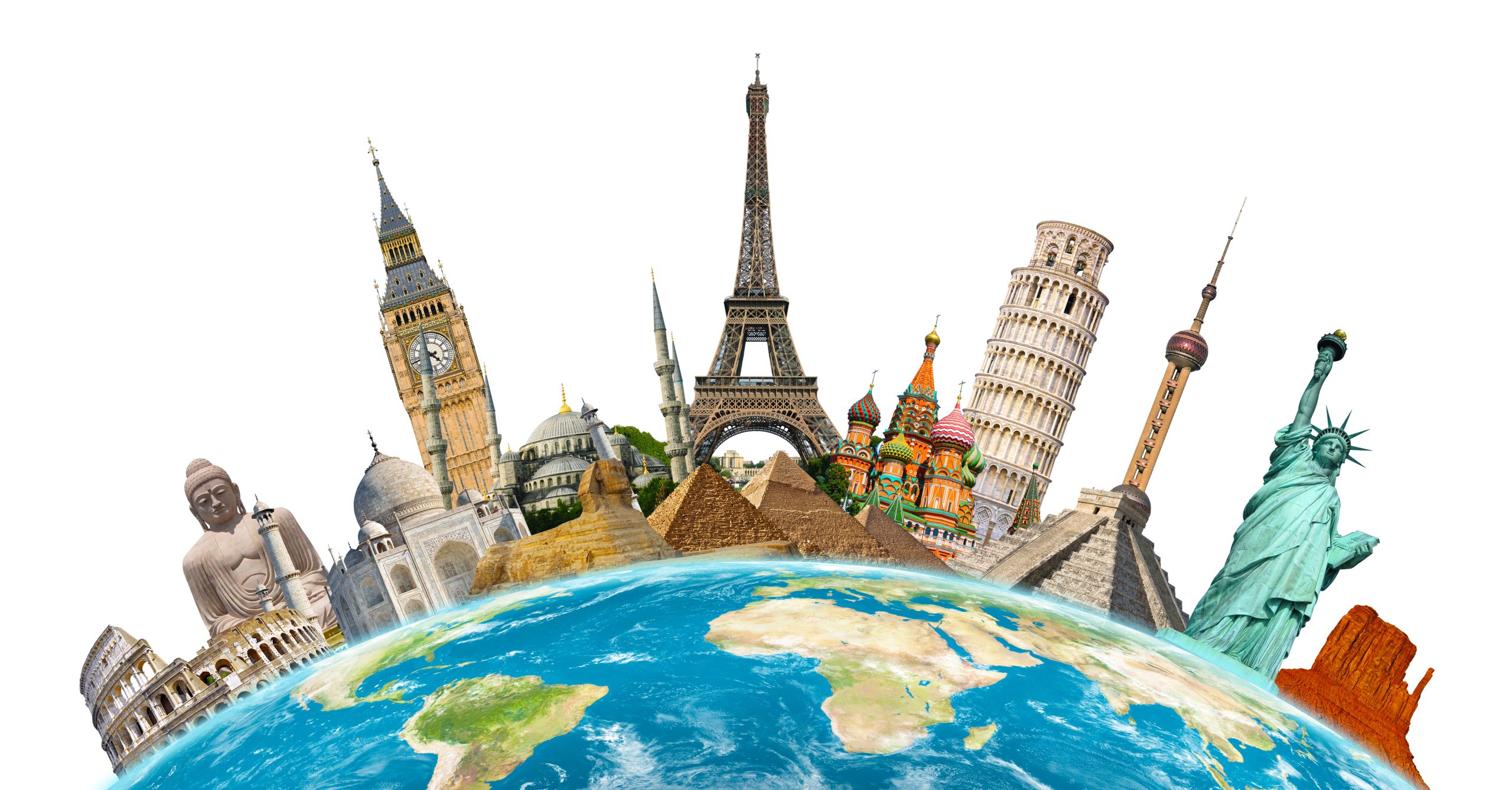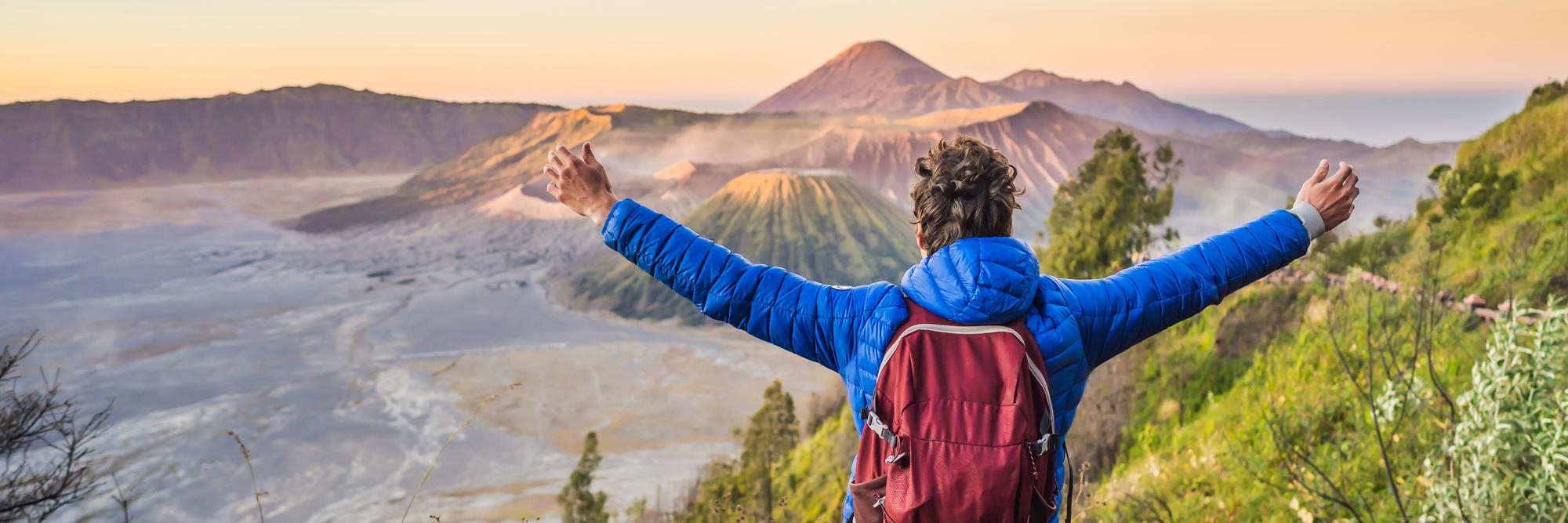A travel visa is an official permission from a country that allows a person to enter, stay, or leave for a limited or longer time. A visa controls the entries of people and ensures safety, manages immigration, and protects jobs for locals. However, getting visas for some countries may be a little bit difficult. This is because different countries have different rules, terms, waiting times, and paperwork. So, many people failed to fulfill all the requirements and faced problems like missing documents, financial proof requirements, visa rejections, and other issues. In fact, some struggle with interviews or not understanding the visa rules.
For that reason, in this article, we will explain what is an easy way to apply for a travel visa. and the common problems people face when applying for a visa. Read more now.
What Are The Types Travel Visas?

Traveling to another country often requires a visa, a legal permit that allows entry for a specific purpose. Each visa type serves a different need, whether for tourism, work, study, or business. Understanding the right visa is important to avoid problems during travel. In this section, we will explain the most common types of travel visas and their purposes.
Tourist Visa
A tourist visa is for people who want to visit a country for sightseeing, vacations, or meeting family and friends. It does not allow work or long-term stays. Most tourist visas have a fixed validity, such as 30, 60, or 90 days. Some countries offer visa-on-arrival, while others require applications in advance. Applicants usually need to show proof of return tickets, hotel bookings, and financial stability. and by offer you can check out all the offer and current live time discount in this discount finder platform
Business Visa
A business visa allows travelers to visit a country for professional purposes, such as attending meetings, conferences, or signing contracts. This visa does not permit full-time work or long-term employment. Applicants often need an invitation letter from a company in the destination country. Other requirements may include financial documents and details of the business trip.
Student Visa
A student visa is for people who want to study in a foreign country. It allows students to stay for the duration of their academic program. Many countries require proof of admission to a recognized institution, financial support, and medical insurance. Some student visas permit part-time work to help with living expenses.
Work Visa
A work visa allows a person to live and work in another country legally. This visa usually requires a job offer from an employer in the destination country. The employer may need to prove that no local worker is available for the job. Work visas often involve strict requirements, including skill verification, background checks, and medical tests.
Transit Visa
A transit visa is for travelers who need to pass through a country on their way to another destination. It is usually required if the traveler has a long layover and wants to leave the airport. The validity of a transit visa is short, often between 24 to 72 hours. Some countries do not require this visa for certain nationalities if they stay inside the airport.
What Documents Are Required For a Travel Visa?
Well, the document list varies on country to country, but before applying, make sure you have the right documents. Any missing document or paper can delay or even reject your visa. Here’s a general list to help you.

- Application Form: Fill out the official form, usually online. Some countries need a printed copy.
- Passport: Your passport must be valid. Some places ask for a copy of old passports too.
- Photograph: A recent passport-size photo with a white background is required.
- Visa Fee: If there is a fee, keep the payment receipt as proof.
- Flight & Hotel Booking: Many visas need a flight booking and hotel reservation.
- Invitation Letter: If visiting family, friends, or for business, you may need an invitation letter.
Additional Documents
Some countries ask for extra documents along with the basic ones. These documents help prove your purpose of travel, financial stability, and return plans.
- Bank Statement: A recent bank statement (3 to 6 months) to show you can afford your trip.
- Travel Insurance: Some countries require travel insurance covering medical expenses. We also have full guideline about Travel Accident Insurance | A Step To Secure Your Trip, you can check it out
- Employment Proof: If you have a job, provide a letter from your employer stating your position and leave approval.
- Business Documents: If self-employed, submit business registration papers and tax records.
- Student Documents: Students may need a letter from their school or university.
- Marriage or Birth Certificate: If you are traveling with family, then some countries may ask for these.
How To Choose The Right Visa Type?
Before choosing the a visa category at first set the purpose of your travel. Whether its for tourism, business, work, or study. Each visa type has different rules and requirements.so you need to check the destination country’s visa policies, as some need extra documents like bank statements or invitation letters. However, you can apply online for an e-Visa, visit the embassy for a regular visa, or get a visa-on-arrival if allowed. Always check the official website for the latest updates to avoid delays.
Step-By-Step Guide To Applying For A Travel Visa
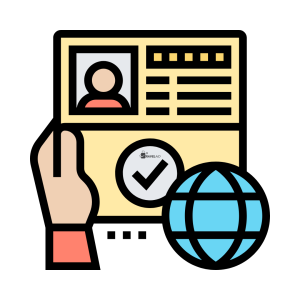
Applying for a travel visa may seem complicated, but if you follow the steps carefully, the process becomes easier. Every country has different rules, but the general steps remain the same. Below is a detailed guide to help you apply for a visa successfully.
Research Visa Requirements
Before applying, the first step is to check the visa requirements of the country you plan to visit. Missing any important detail can result in delays or even rejection.
- Official Government Websites and Embassy Pages: Always refer to the official embassy or government website of the destination country. These sources provide accurate and updated visa requirements.
- Visa Application Centers (VFS, TLS, etc.): Many countries have outsourced their visa processing to agencies like VFS Global or TLScontact. These agencies handle applications and guide you through the process.
- Checking for Special Rules (e.g., COVID-19 Restrictions): Some countries have additional requirements, such as COVID-19 vaccination proof, travel insurance, or quarantine rules. Make sure to check the latest updates before applying.
Gather Required Documents
Once you understand the visa requirements, start collecting all necessary documents. The required documents may vary, but here are the most common ones:
- Passport and Passport-Sized Photos: Your passport should be valid for at least six months beyond your travel date. Some countries require extra blank pages. Recent passport-sized photos with a white background are usually needed.
- Visa Application Form: Every visa application requires a completed form. This can be filled out online or on paper, depending on the country’s process.
- Proof of Accommodation and Travel Itinerary: Many embassies ask for hotel bookings or an invitation letter from a host. A flight itinerary showing your planned travel dates is also necessary.
- Bank Statements for Financial Proof: Some countries require recent bank statements (3-6 months) to ensure you can cover your expenses during the trip. A salary slip or sponsorship letter may also be needed.
Fill Out The Application Form
Filling out the application form is a critical step. Even a small mistake can result in rejection.
- Online vs. Paper Application: Some countries allow online applications (e-Visa), while others require a paper form to be submitted at the embassy. Always follow the correct procedure.
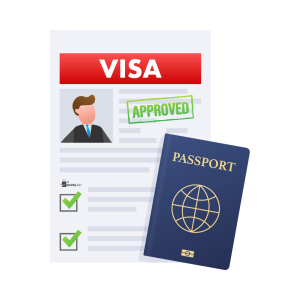
- Common Mistakes to Avoid: Double-check all personal details like your name, passport number, and travel dates. Do not leave any blank spaces unless instructed. Ensure your answers match the supporting documents you provide.
Schedule an Appointment (If Required)
Not all visa applications require an appointment, but if it is necessary, you must book one in advance.
- How to Book an Appointment at an Embassy or Visa Center: Most embassies allow you to schedule an appointment online through their website or a visa processing agency. Some require you to call or email.
- Understanding Biometric Data Collection and Interviews: Some countries require biometric data, such as fingerprints and a digital photo, to be collected during the appointment. In some cases, a short interview may also be conducted.
Pay The Visa Fee
Visa fees vary depending on the country and the type of visa you are applying for.
- Online Payment vs. In-Person Payment : Some countries allow online payments through credit cards or bank transfers, while others require payment at the embassy or visa center.
- Fee Structures Based on Visa Type and Duration : The cost of a visa depends on the type and duration of stay. Tourist visas are usually cheaper, while work or study visas may have higher fees. Some countries offer express processing for an extra charge. For Cheapest Days to Fly and Best Time to Buy Airline Tickets read this blog content
Attend the Visa Interview (If Needed)
For certain visas, especially work, study, or long-term visas, an interview at the embassy may be required. This step helps visa officers verify your travel intentions.
- Common Visa Interview Questions and How to Answer Them : Be prepared to answer basic questions about your trip, such as:
- Why are you visiting this country?
- How long will you stay?
- Who will pay for your trip?
- Do you have family in this country?
Answer honestly and confidently. Keep your responses short and to the point.
- Documents to Carry for the Interview: Bring all required documents, including your passport, visa application form, bank statements, travel itinerary, and any additional paperwork requested by the embassy.
Track Your Application And Wait For Approval
After submitting your visa application, you need to track its progress and wait for approval.
- How to Track Visa Status Online :
 Many embassies and visa centers provide online tracking services. You can check your visa status using a reference number given during submission.
Many embassies and visa centers provide online tracking services. You can check your visa status using a reference number given during submission. - How Long the Process Usually Takes: Processing times vary. Some visas are approved within a few days, while others take weeks. Always apply well in advance to avoid last-minute stress.
How To Make The Visa Process Faster And Easier
Applying for a visa can sometimes be a long and stressful process, but there are ways to make it faster and easier. By planning ahead, using expert help, and ensuring your documents are correct, you can avoid common delays. Here are some important steps to speed up your visa application.
Apply Early
One of the best ways to avoid visa delays is to apply early.
- How Far in Advance to Apply: Many countries allow visa applications up to 3 to 6 months before travel. Some even allow up to a year for long-term visas. Applying early gives you time to fix any issues if needed.
- Avoiding Last-Minute Delays: If you apply too late, you may not get your visa in time. Some embassies take weeks or even months to process applications, especially during peak travel seasons. Always check the official website for processing times and apply well in advance.
Use A Visa Assistance Service
Visa agencies can help make the process smoother, especially if you are unsure about the requirements.
- Benefits of Hiring a Visa Agency: These agencies know all the rules and can help with paperwork, appointment bookings, and interview preparation. They can also track your application and handle any issues that arise.
- How to Choose a Reliable Visa Consultant: Look for agencies with good reviews and experience in handling visas for your destination. Avoid companies that guarantee visas or ask for very high fees. Always check if they are accredited by the embassy.
Ensure Documents Are Complete And Accurate
Missing or incorrect documents are a common reason for visa rejection.
- Avoiding Missing Papers: Before submitting your application, check the official embassy website for a complete list of required documents. Make sure you have everything, including passport copies, financial proof, and travel details.
- Checking for Errors Before Submission: Even a small mistake can cause delays. Carefully review your application form, passport details, and supporting documents. Ensure your photos meet the required specifications.
Opt For An E-Visa If Available
Many countries now offer electronic visas (e-Visas), which are faster and easier to obtain.
- Countries Offering Easy Online Visa Processing : Countries like Turkey, India, Australia, and UAE allow travelers to apply for visas online without visiting an embassy. The process is quick, paperless, and can be done from home.
- How to Apply for an e-Visa: Visit the official e-Visa website of your destination country, fill out the form, upload documents, and pay the fee. Processing usually takes a few days, and you receive the visa via email. Always beware of fake websites and apply only through government portals.
Apply For A Multiple-Entry Visa If Needed
If you plan to visit a country more than once, a multiple-entry visa can save time and effort.
- Benefits of a Multiple-Entry Visa : With this visa, you can travel in and out of a country multiple times without applying again. It is useful for business travelers, frequent tourists, and those visiting family.
- When to Consider This Option: If you travel regularly for work, family visits, or transit through a country, a multiple-entry visa is a better choice. It may cost more, but it saves time and effort in the long run.
What To Do If Your Visa Is Rejected
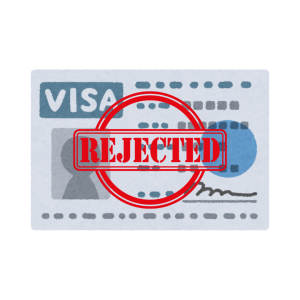
Visa rejection is very frustrating, especially if you have planned your trip for a long time. However, a rejection does not mean you cannot get a visa further. By understanding why your application was refused, you can take the right steps and improve your chances of geting visa when you apply again.
Common Reasons For Visa Rejection
There are several reasons why a visa application might be denied. Here are some of the most common:
Incomplete Documentation
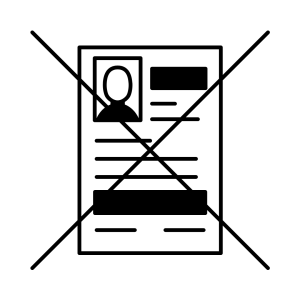
One of the main reasons for visa rejection is missing or incomplete documents. Every country has specific visa requirements, and failing to submit even a single document can lead to refusal. Always check the official embassy website and make sure you provide all necessary papers, such as passport copies, financial proof, travel itinerary, and photographs.
Insufficient Financial Proof
Most countries require proof that you can afford your stay. If your bank statements do not show enough funds, your visa may be denied. Some embassies also ask for a letter from your employer or sponsor to confirm your financial stability. Make sure your financial documents meet the minimum balance required for your visa type.
Mismatched Information
Even small mistakes in your application can lead to rejection. Common errors include wrong spellings, incorrect passport details, and mismatched travel dates. Any inconsistency in your documents raises suspicion and may cause the embassy to deny your visa. Double-check your application before submitting it.
Steps To Take After A Rejection
If your visa is rejected, do not panic. You still have options to fix the problem and reapply.
How To Reapply
Before submitting a new application, carefully review the rejection letter from the embassy. It will mention the reason for denial. Fix the issue, gather any missing documents, and make sure all information is correct.
- Wait for the recommended period before applying again, as some countries have a waiting time after rejection.
- Update your documents to show stronger financial proof or a clearer travel plan.
- Double-check your application to avoid any errors that might have caused the first rejection.
FAQ
What Is The Easiest Way To Apply For A Travel Visa?
The easiest way is to check if the country offers an e-Visa or visa-on-arrival. If available, you can apply online from home or get a visa when you land.
How Far In Advance Should I Apply For A Visa?
It’s best to apply at least 1-3 months before your trip. Some visas take longer to process, so applying early helps avoid last-minute problems.
What Documents Do I Need For A Visa Application?
Most visas require a passport, photo, visa application form, travel itinerary, hotel booking, and bank statement. Some countries may ask for extra documents.
Can I Apply For A Visa Online?
Yes, many countries allow online applications through their official visa websites. This is called an e-Visa and is usually faster than applying at an embassy.
How Can I Make Sure My Visa Application Is Lodged Correctly?
Make sure all documents are complete and correct. Double-check your form, provide clear financial proof, and follow the official visa rules carefully.
Conclusion
Well, on the question of What is an easy way to apply for a travel visa?, we have described all the processes already. We hope this guide will assist you in taking the preparation. However, we strongly advise you to carefully check and read the visa requirements of specific countries. Thanks for your time; see you soon.
